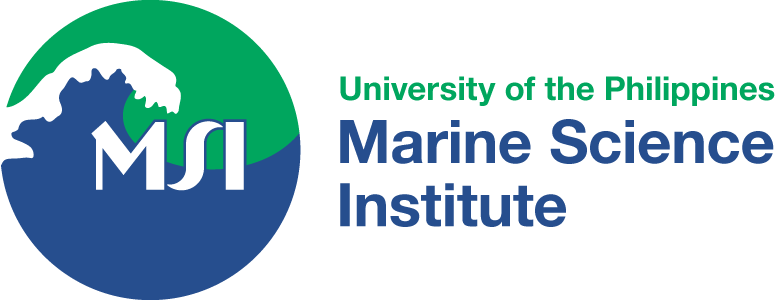-
Benham Bank—one of PH’s richest deep coral ecosystems
Near the eastern coast of Luzon, Philippines, located 50 meters below the sea surface, is the Benham Bank, an underwater seamount taller than Mt. Apo. Benham Bank contains one of the richest…
-
Why we’re losing land in the Kalayaan Islands
FEATURED IMAGE: BEACH PROFILING. Researchers from the Geological Oceanography Laboratory use the Emery method to measure beaches in the Kalayaan Island Group. Photo courtesy of Jeffrey Munar. Flooding is not the only…
-
Making waves in the Marine Biotechnology track
Written by Dorothy Andrada There is a wealth of resources found beneath the ocean’s waves, and new breakthroughs in science and technology make it easier for us to use them. Under the…
-
Turning the tide through the Marine Physical Sciences track
Written by Dorothy Andrada The ocean is a force of nature that harbors both powerful currents and calm waves. Understanding its power and how it ebbs and flows is important. Under the…
-
Diving deep into the Marine Biology track
Written by Dorothy Andrada Fish, corals, and seaweed are what usually come to mind when one thinks of the sea. The vibrant biodiversity beneath the waves is a core part of any…
-
A world without color: the bleached soft corals of Bolinao
Featured Photo: Bleached Sclerophytum sp. (previously identified as Sinularia) Deep in the throes of a global pandemic, the Philippines of 2020 was no stranger to death. Through her research, soft coral scientist…
-
The Marine Science Institute’s first 50 years
(with excerpts from “A Vignette MSI@30” by National Scientist Edgardo D. Gomez, in italics) Marine Science Center The Board of Regents of the University of the Philippines (UP) approved, on 28 March…
-
Homes for the Holothurians: Optimizing sea cucumber management strategies through biophysical modeling
By. Mia N. Judicpa & Gabrielle A. Abrahan As the gastronomic demand for our marine resources grows, our natural stock can barely keep up. Luckily, ecology experts work with modellers to explore…
-
UP MSI 2019 – 2021 Report: Science, Leadership, and Community
From all the expeditions to the growing partnerships, the Institute is proud of everything it has achieved in the last 3 years. But more than the numbers, these figures represent the hard…
-
Fishing in a Vortex: How ocean currents affect biological productivity
By. Mia N. Judicpa & Gabrielle A. Abrahan Around four months a year, we experience a respite from our tropical climate when the weather starts to chill. During Christmas, we wear thick…
